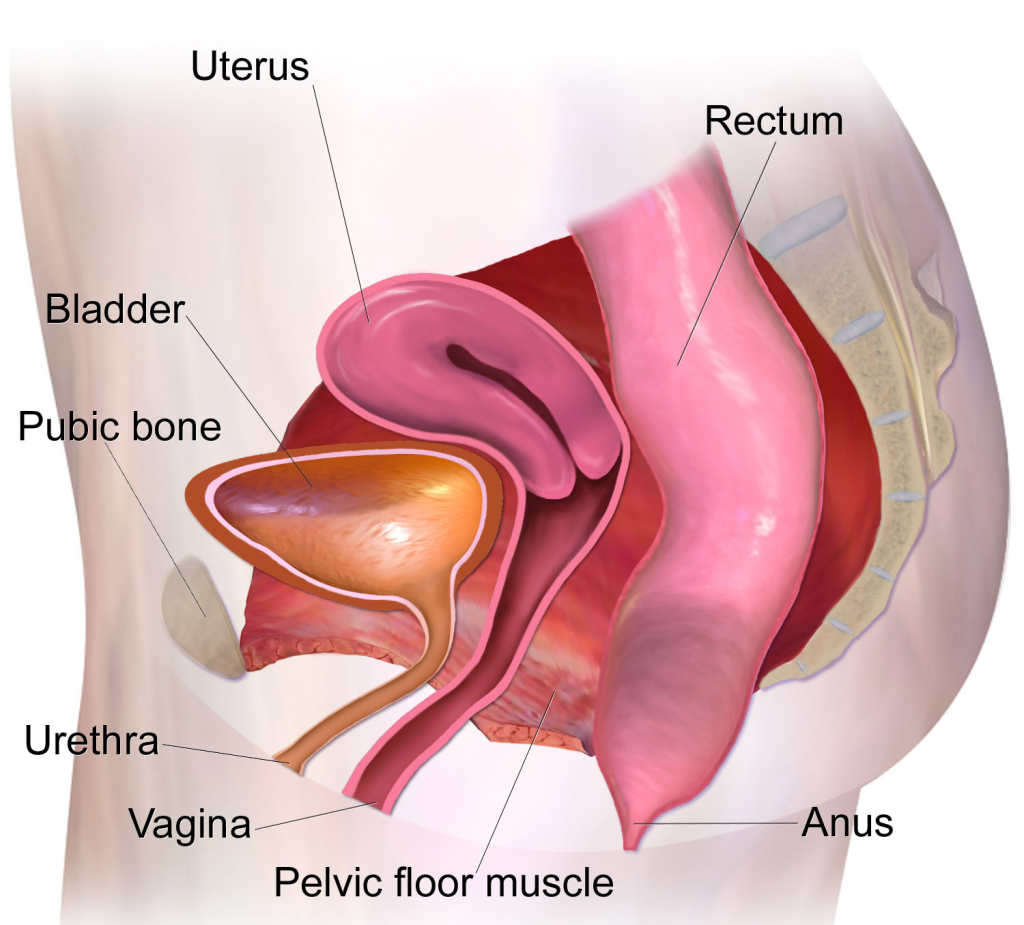How do you choose which surgery to get for pelvic organ prolapse? Pelvic organ prolapse (POP) is a prevalent condition among women, often resulting from weakened pelvic floor muscles and tissues. It can lead to uncomfortable symptoms, including pressure, urinary issues, and vaginal bulging. If you’re considering treatment for POP, you’ll likely come across two primary surgical approaches: sacrocolpopexy and traditional surgery. In this comprehensive guide, we’ll explore the differences between these approaches to help you make an informed decision about the best treatment for your pelvic organ prolapse.

Sacrocolpopexy: An Innovative Solution
Sacrocolpopexy is a surgical procedure that has gained popularity for its effectiveness in treating pelvic organ prolapse. Here’s what you need to know about it:
Minimally Invasive Approach
Unlike traditional surgery, sacrocolpopexy is minimally invasive. It involves making small incisions in the abdomen, through which a skilled surgeon can perform the procedure with the assistance of robotic technology. This approach reduces scarring and typically leads to a quicker recovery.
Mesh Support
Sacrocolpopexy utilizes synthetic mesh to provide support to the prolapsed organs, helping to restore them to their natural position. The mesh is durable and offers long-term results with a low risk of recurrence.
Precision and Control
Robotic technology enhances the surgeon’s precision and control during sacrocolpopexy. This allows for more accurate placement of the mesh and better outcomes for patients.
Traditional Surgery: An Established Approach
Traditional surgery for pelvic organ prolapse has been practiced for many years. Here’s a brief overview:
Open Surgery
Traditional surgery for POP often involves open abdominal or vaginal approaches. It may require larger incisions, leading to more noticeable scarring and a potentially longer recovery period.
Suturing Techniques
In traditional surgery, sutures are typically used to repair and reposition prolapsed organs. While effective, this approach may not offer the same long-term durability as synthetic mesh.
Choosing the Right Approach
The choice between sacrocolpopexy and traditional surgery depends on various factors, including your specific condition, surgeon’s recommendation, and your preferences. Here are some considerations:
Severity of Prolapse
The severity of your pelvic organ prolapse can influence the choice of procedure. In some cases, traditional surgery may be sufficient, while more complex cases may benefit from sacrocolpopexy.
Desired Recovery Time
If you prefer a quicker recovery with smaller incisions and less scarring, sacrocolpopexy may be the preferred choice.
Long-Term Outlook
Sacrocolpopexy tends to offer better long-term durability, making it a preferred option for those looking for a lasting solution.
Which Surgery for Pelvic Organ Prolapse? Consult a Specialist
Ultimately, the decision between sacrocolpopexy and traditional surgery should be made in consultation with a specialist. Dr. Yaniv Larish at Fifth Avenue Urology is an expert in diagnosing and treating pelvic organ prolapse. He will assess your condition, discuss your preferences, and recommend the most suitable treatment option for your individual needs.
Don’t let pelvic organ prolapse impact your quality of life. Contact Fifth Avenue Urology today to schedule a consultation and explore the right approach for your pelvic organ prolapse treatment.
Contact Information
FIFTH AVENUE UROLOGY
4 East 76th Street
New York, NY 10021
Phone: 212-675-3186
Website: https://www.fifthavenueurology.com/

 Dr. Larish is a urologist and surgeon treating women and men with a variety of urological conditions. His expertise is in treating complex kidney stones, enlarged prostates (BPH), incontinence, erectile dysfunction, infertility, and urological oncology (prostate, bladder, kidney, and adrenal cancers). He is an expert in general urology and is often consulted for second opinions.
Dr. Larish is a urologist and surgeon treating women and men with a variety of urological conditions. His expertise is in treating complex kidney stones, enlarged prostates (BPH), incontinence, erectile dysfunction, infertility, and urological oncology (prostate, bladder, kidney, and adrenal cancers). He is an expert in general urology and is often consulted for second opinions.





 Are you seeking information about pelvic organ prolapse treatment? Pelvic organ prolapse (POP) is a common condition that predominantly affects women, often as they age or after giving birth. It can have a significant impact on a woman’s quality of life. Several factors contribute to this condition:
Are you seeking information about pelvic organ prolapse treatment? Pelvic organ prolapse (POP) is a common condition that predominantly affects women, often as they age or after giving birth. It can have a significant impact on a woman’s quality of life. Several factors contribute to this condition: In this comprehensive guide, we will delve into the intricate details of pelvic organ prolapse, its causes, and how robotic sacrocolpopexy is transforming its treatment landscape. Pelvic organ prolapse (POP) is a prevalent yet distressing condition that affects a significant number of women, especially as they age or after childbirth. It can lead to discomfort, pain, and a decreased quality of life. Thankfully, the field of
In this comprehensive guide, we will delve into the intricate details of pelvic organ prolapse, its causes, and how robotic sacrocolpopexy is transforming its treatment landscape. Pelvic organ prolapse (POP) is a prevalent yet distressing condition that affects a significant number of women, especially as they age or after childbirth. It can lead to discomfort, pain, and a decreased quality of life. Thankfully, the field of